Modular technology, or at least the idea behind it, speaks to the creative sparks in all of us. The feeling that our belongings really 'belong' to us can also be amplified inexorably by customising our clobber, so it's only natural that the concept of being able to make our stuff feel more special and unique by customising it to suit our individual needs, would eventually make its way into the tech world. Smartphones especially, are devices that many of us keep on us at all times, to the extent that they are effectively an extension of ourselves by this point. With modular technology, the potential applications for designers and engineers alike are truly fascinating, and we're just now starting to scratch the surface and see some of the more exciting ideas come to fruition.
“The concepts combine a set of standard modules with more specialist modules, sourced from a diverse module marketplace”
Using Google’s Project Ara open hardware platform, Seymourpowell is one of the first design consultancies to take advantage of the technology. The agency has created four “Modular tech” concepts, which show how open source hardware might be used to create products that deeply, and personally address the needs of individuals. The aim is to demonstrate how a number of products could be brought to market both cheaper and quicker, and be more tailored for the individual user. The four concepts, called Move, Wear, Link and Play, have been designed to show the advantages that an open hardware platform could have for individuals and businesses in a wide range of industries, from music to agriculture.
“Developers can create new products relatively easily by reducing the amount of development time, risk and cost to get products to market”
Seymourpowel's Creative Director, Matthew Cockerill predicts that the concepts could radically change how new products are conceived and developed. He said: “The concepts combine a set of standard modules with more specialist modules, sourced from a diverse module marketplace with contributions from well-known brands and entrepreneurial start-ups alike. This would allow developers to create exciting new products relatively easily by reducing the amount of development time, risk and cost to get products to market at a pace not possible up until now.”
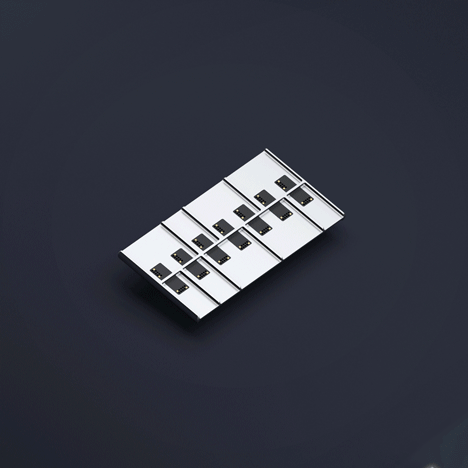
The Play module offers musicians “Infinite flexibility”, by allowing them to bring both digital and analogue modules together to create unique sound performances. Play could be used by everyone from a one-man band to a band’s sound engineers, and Seymourpowell envisions music equipment companies like Boss and Marshall adding to a large audio module marketplace based on classic analogue equipment. As a musician myself who has experimented with using his phone as a songwriter and performance tool with thus far disappointing results, this one really interests me.
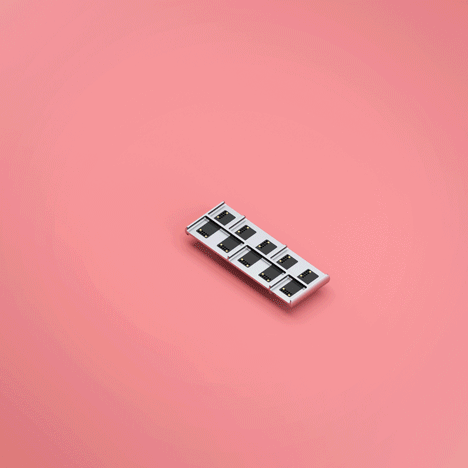
Wear continues the wearable tech revolution through a device that addresses a patient’s medical needs. The wearable device would have an instant connection to medical staff, as well as biometric monitoring, and would adapt to different stages of the patient’s treatment journey to the hospital. It's definitely a more affordable and flexible option than an Apple Watch, and, in theory, this is a concept that could quite literally save lives!
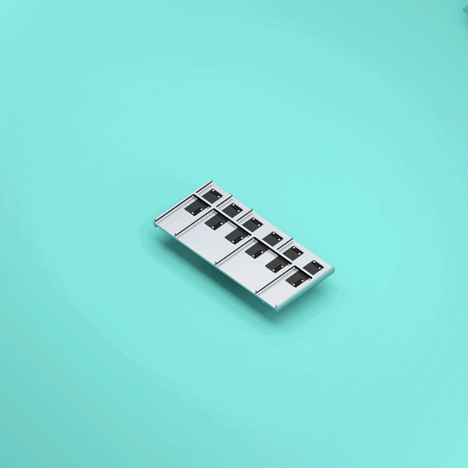
Move is a robot printer that scans and prints the surfaces it travels. It could be modified to be used by fabric and pattern cutters, or for interior design, construction and surveying. The printer could be created from existing batteries, Bluetooth modules and processors. Two unique modules would be created, a printed head and a motor/wheel module, which could then also be used by other developers to create new products.

Link, is envisioned as a series of “Potentially infinite modules” that monitor and provide feedback on their environment. Seymourpowell’s example sees it configured for agriculture with rain collecting, soil, moisture and light sensor modules. They would be supported by a a wi-fi module to collect and send live data, enabling farmers to make decisions based on the current conditions and optimise their crop productivity. The device would be powered by a small wind turbine and solar cell.
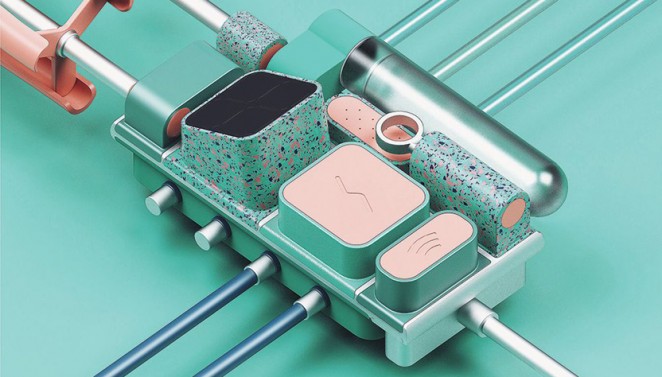
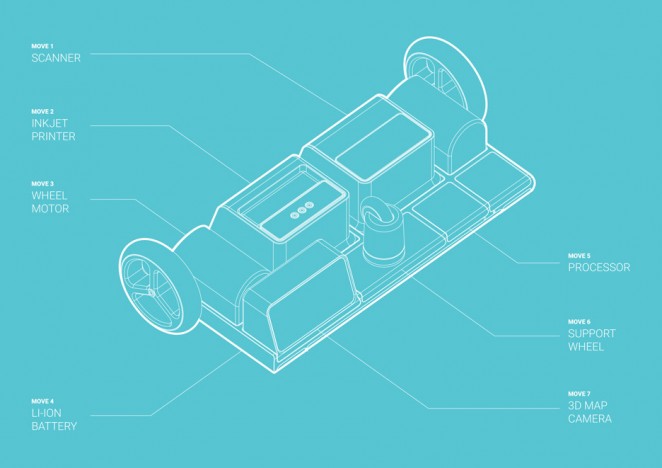



Benjamin Hiorns is a freelance writer and struggling musician from Kidderminster in the UK.






